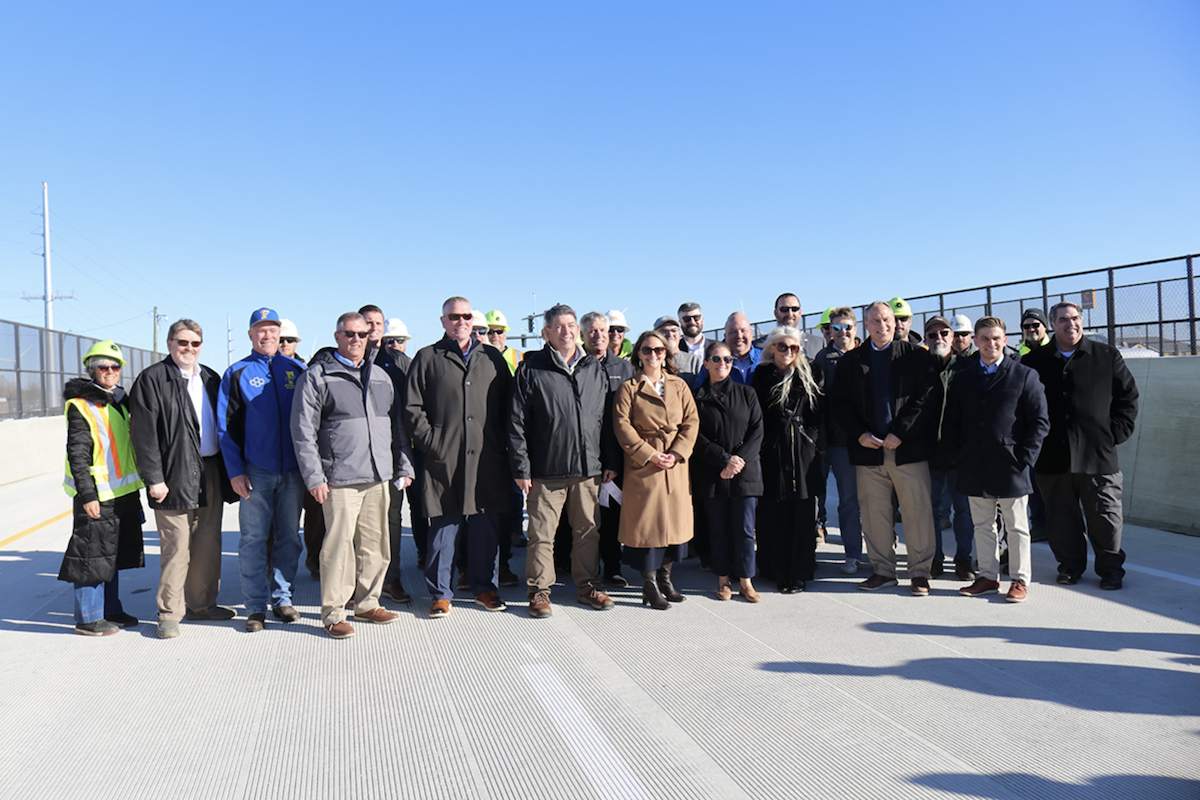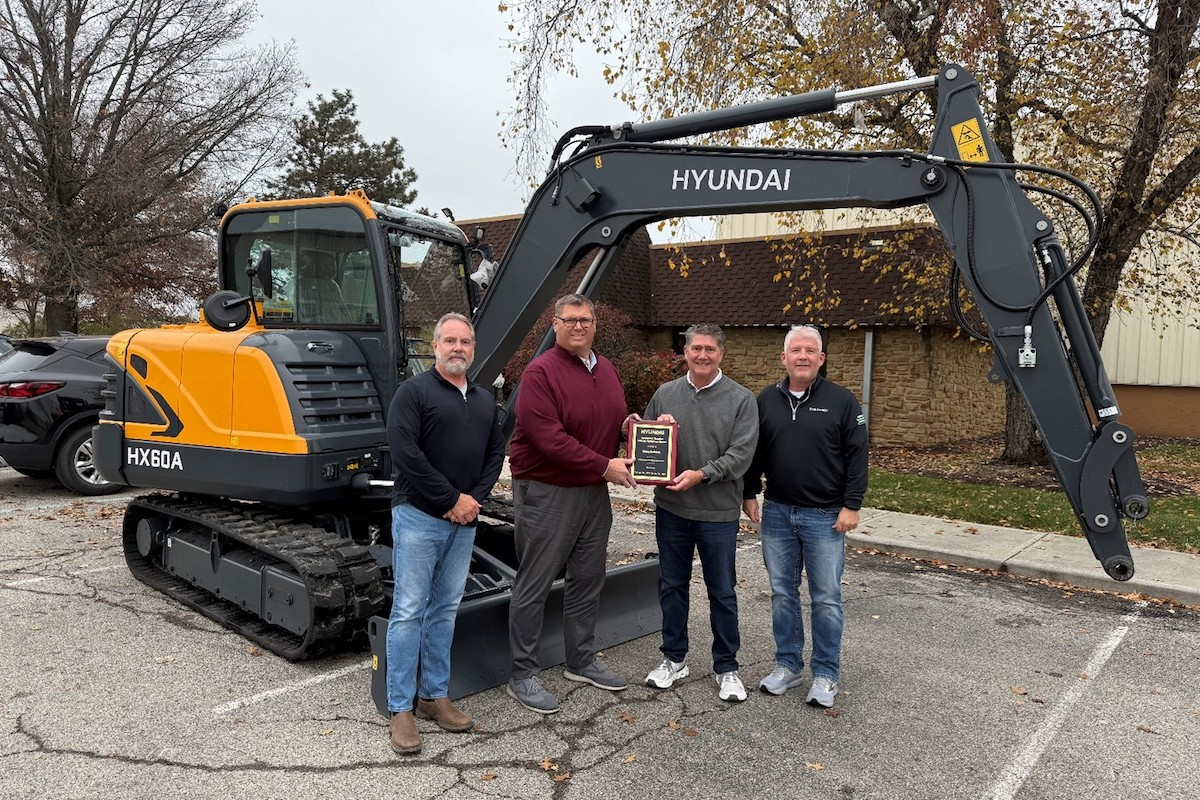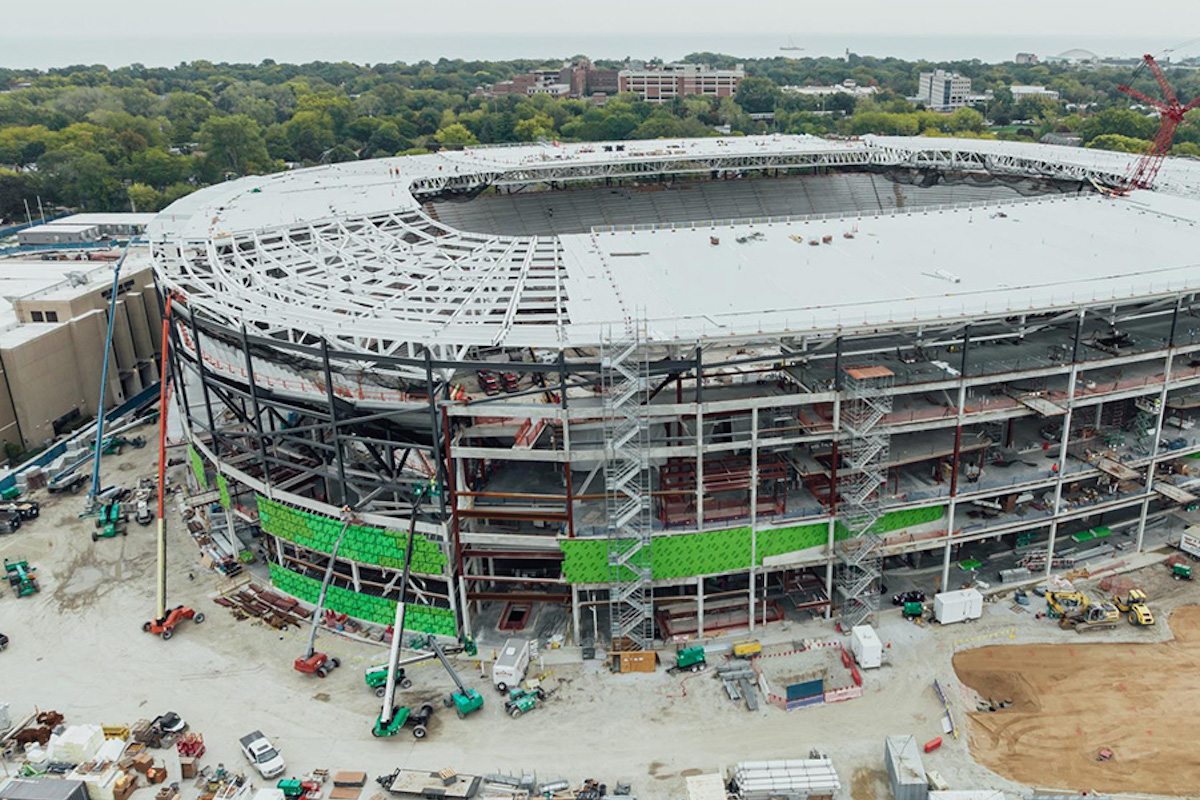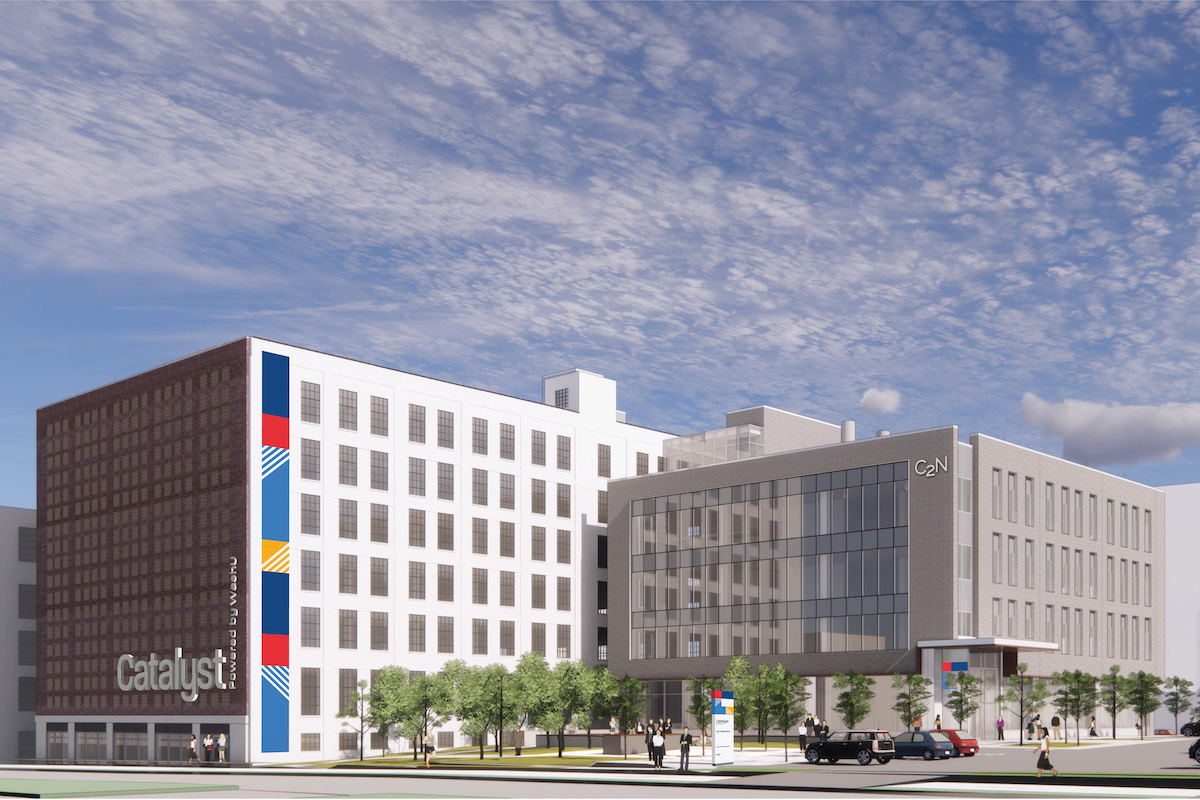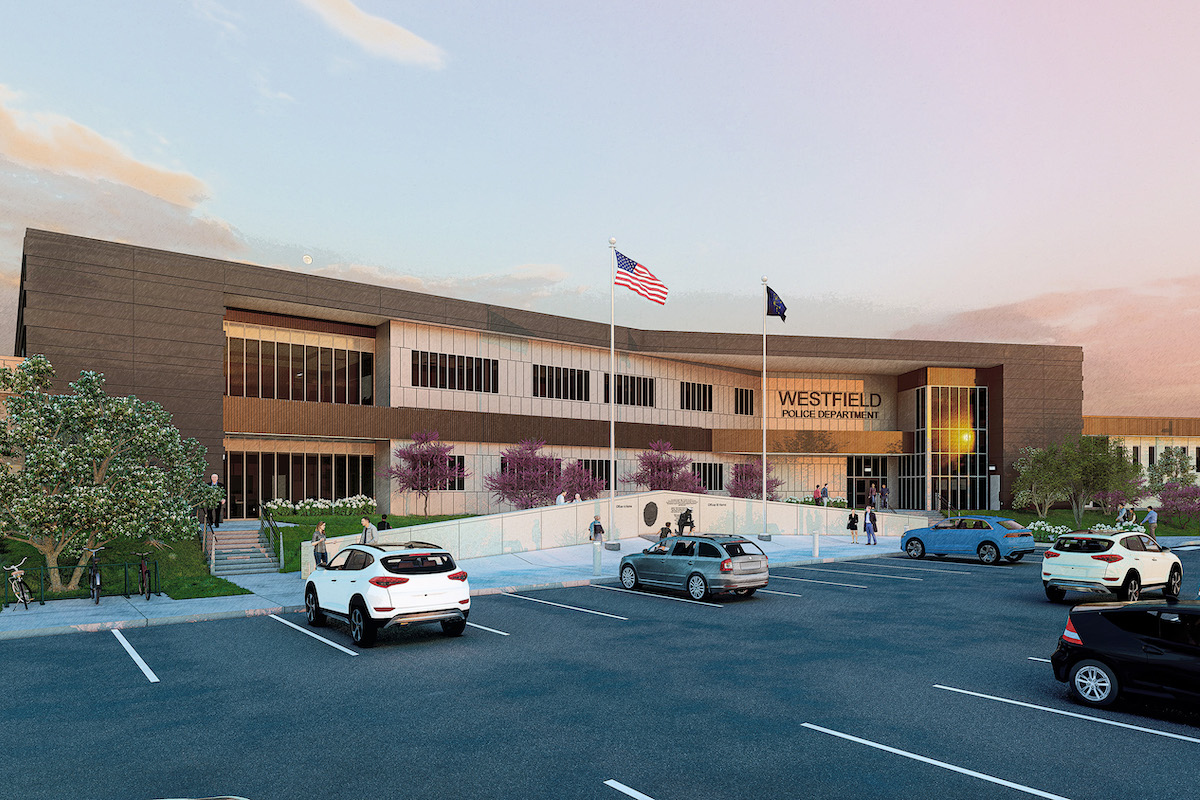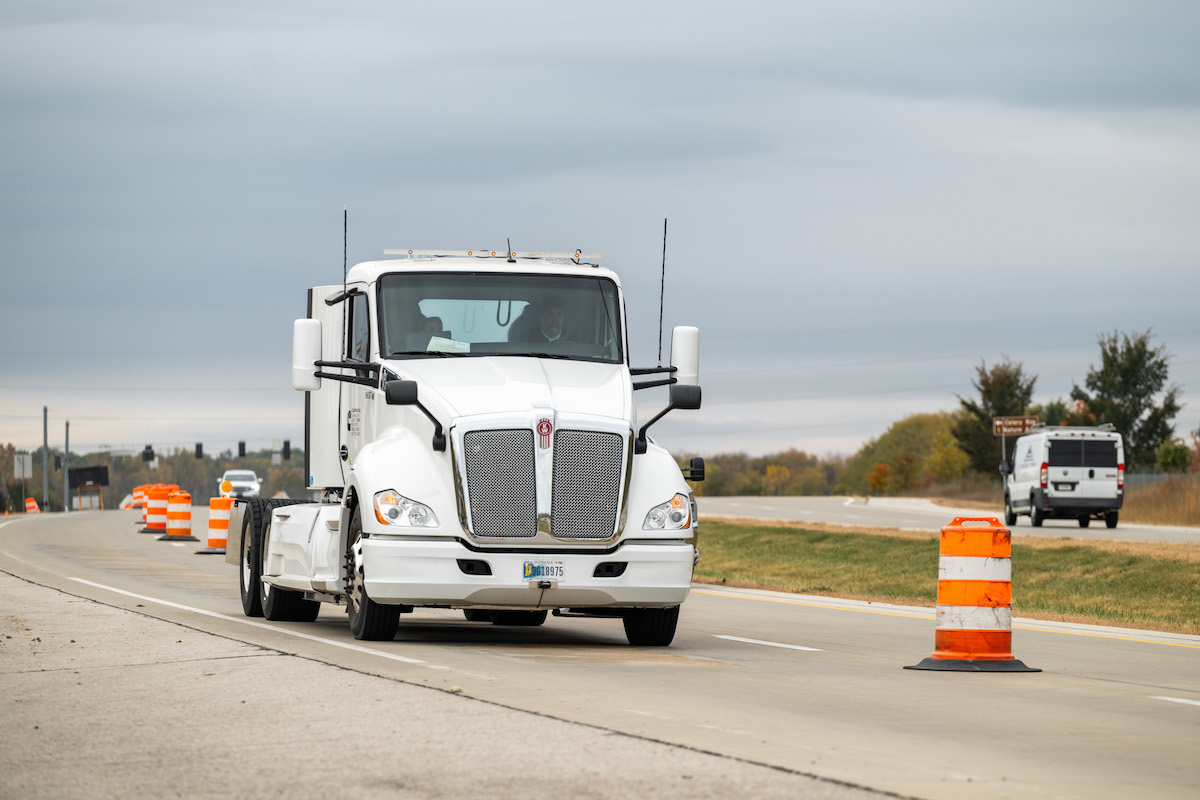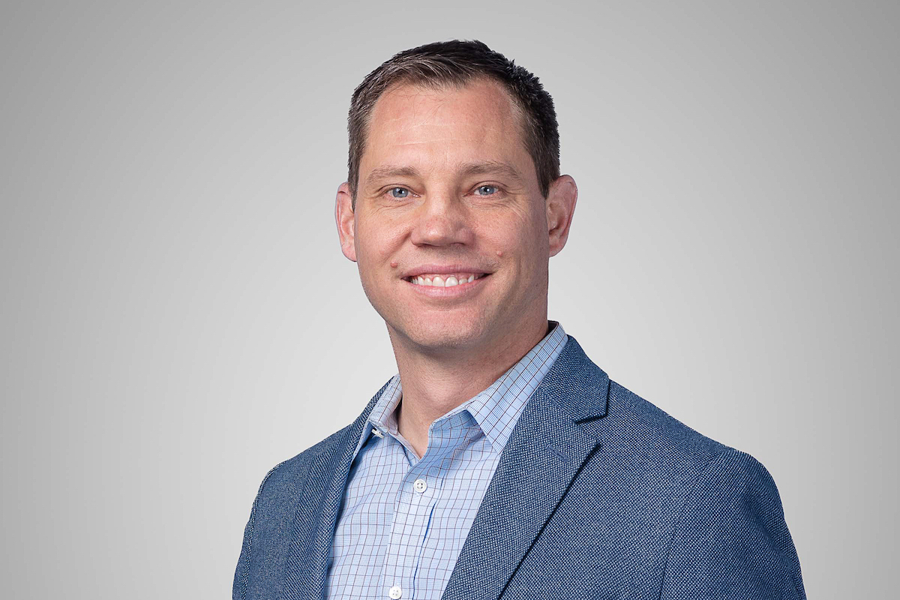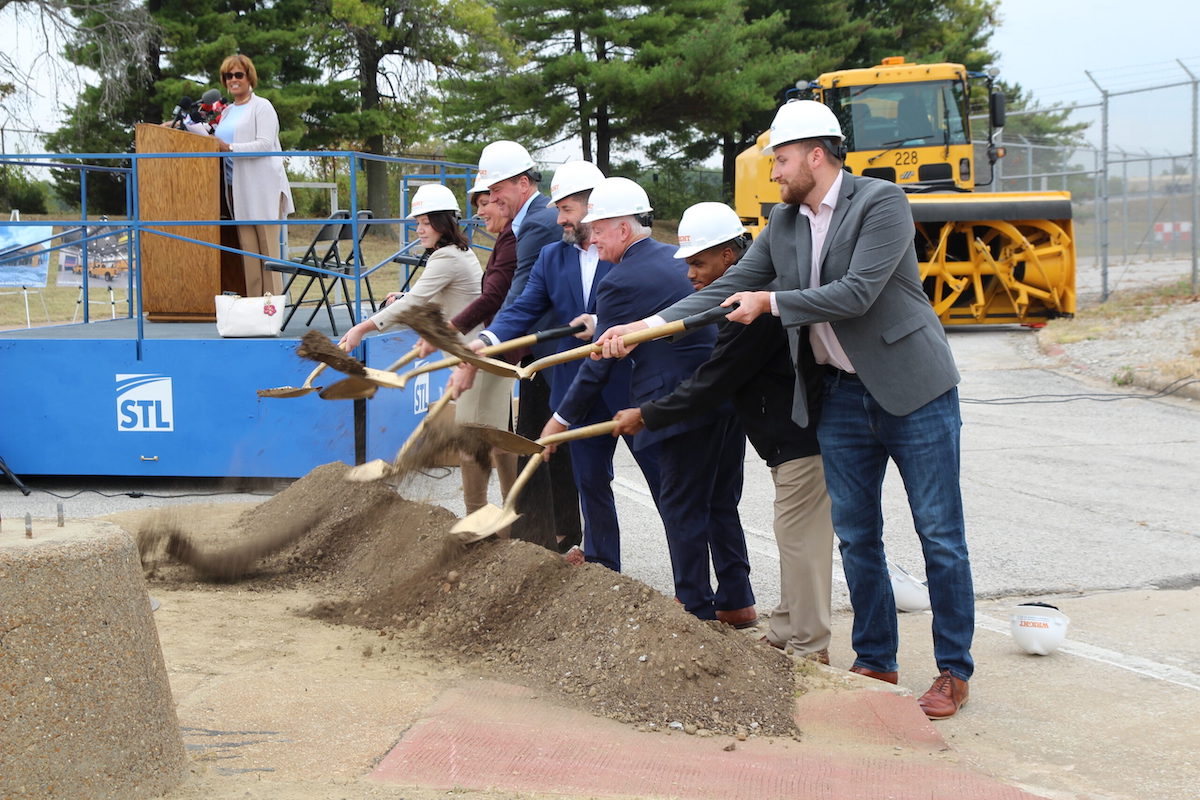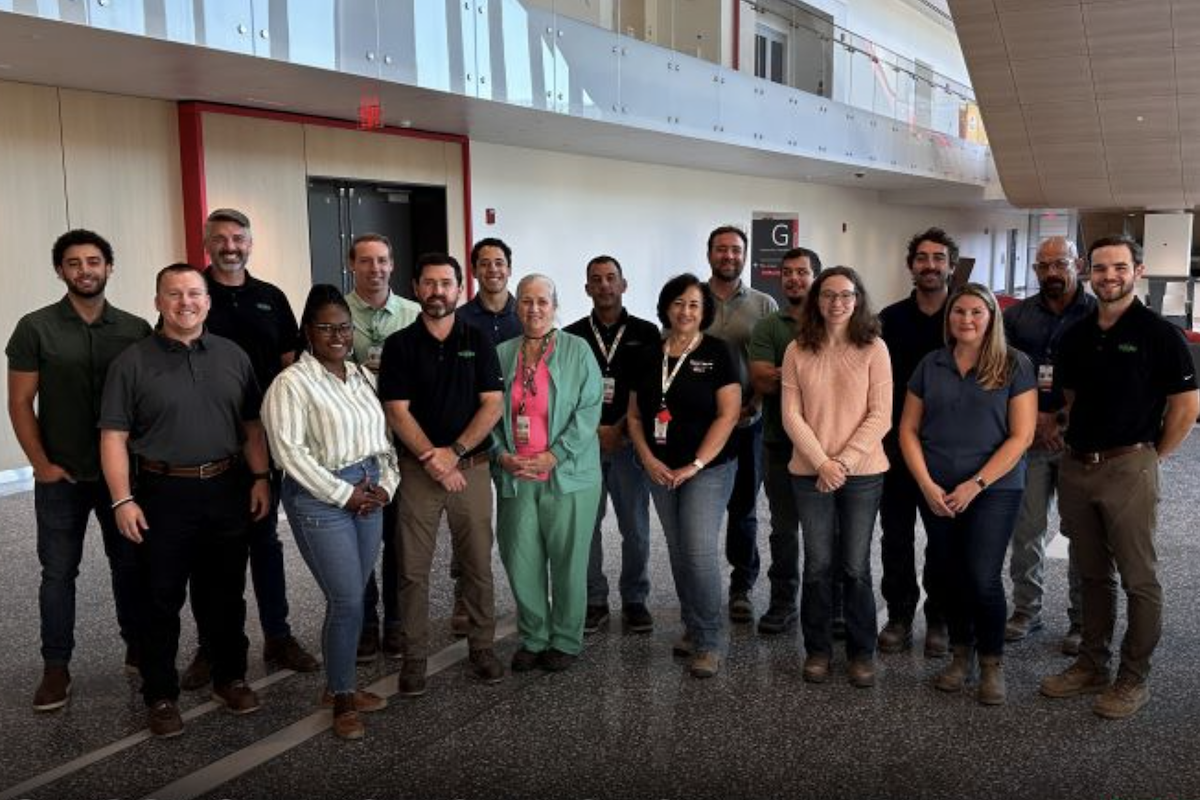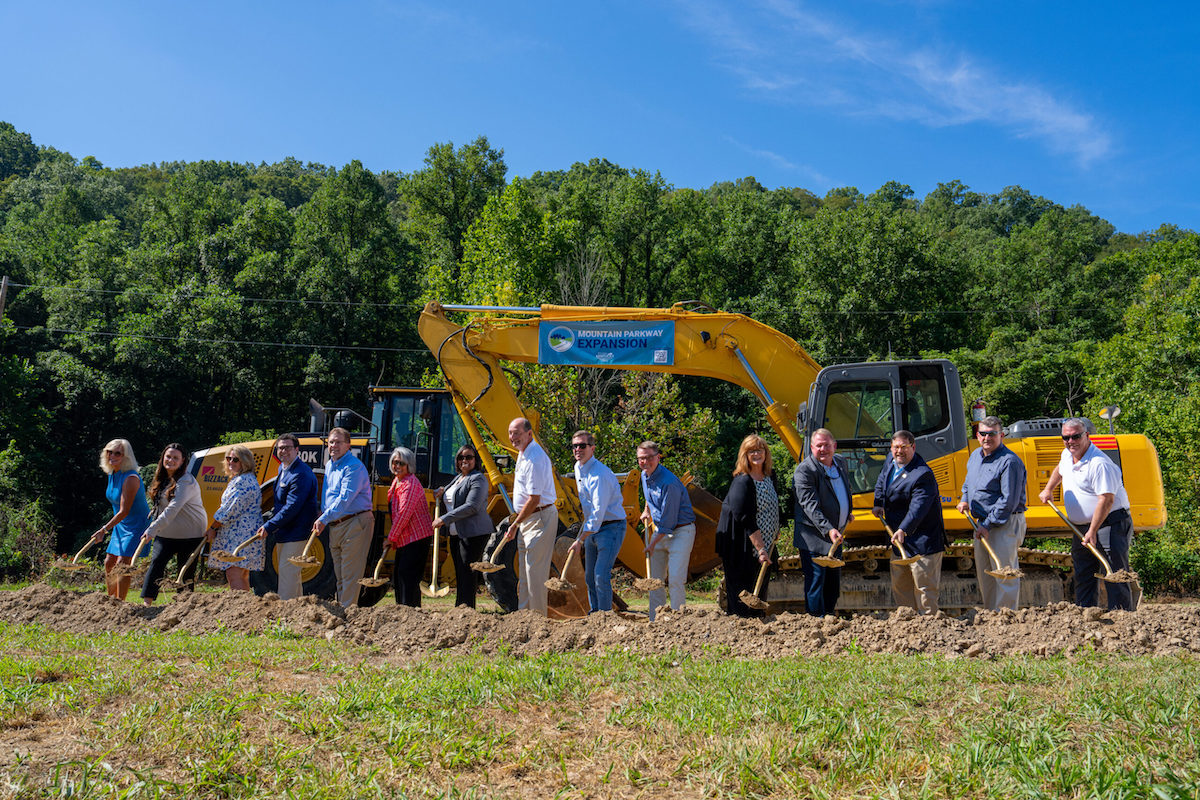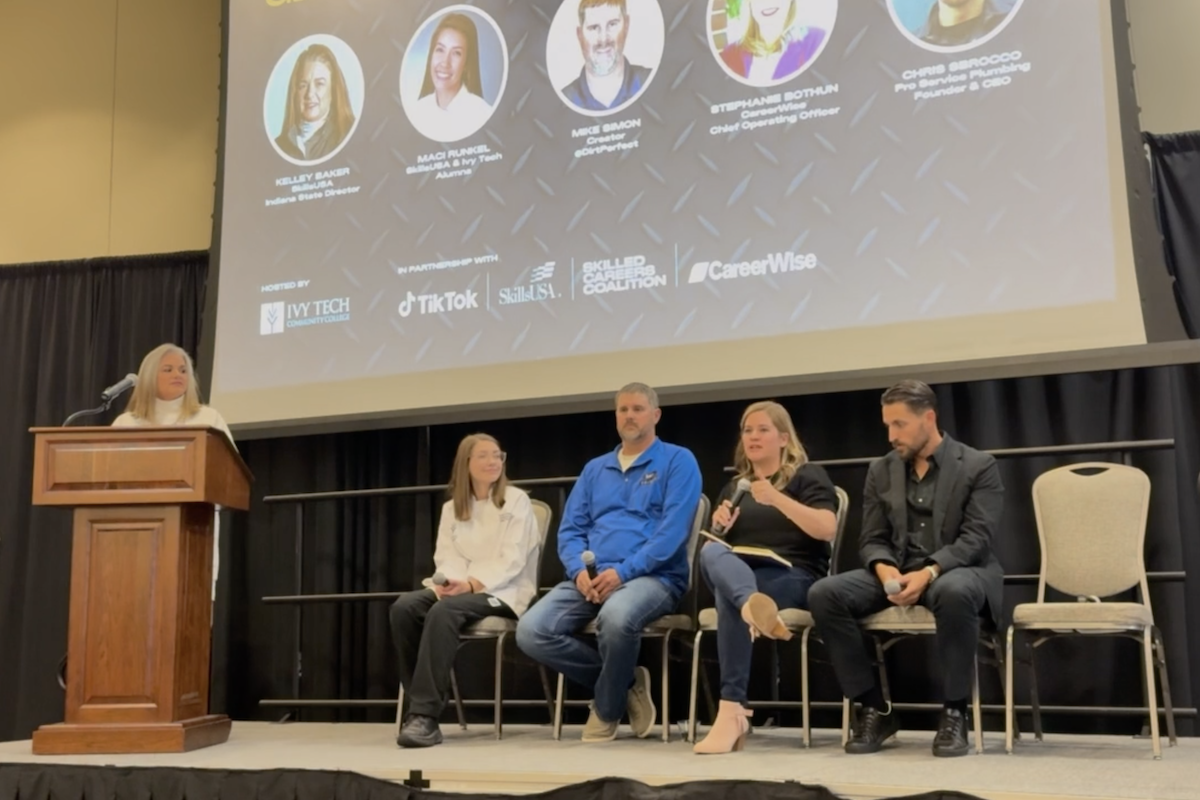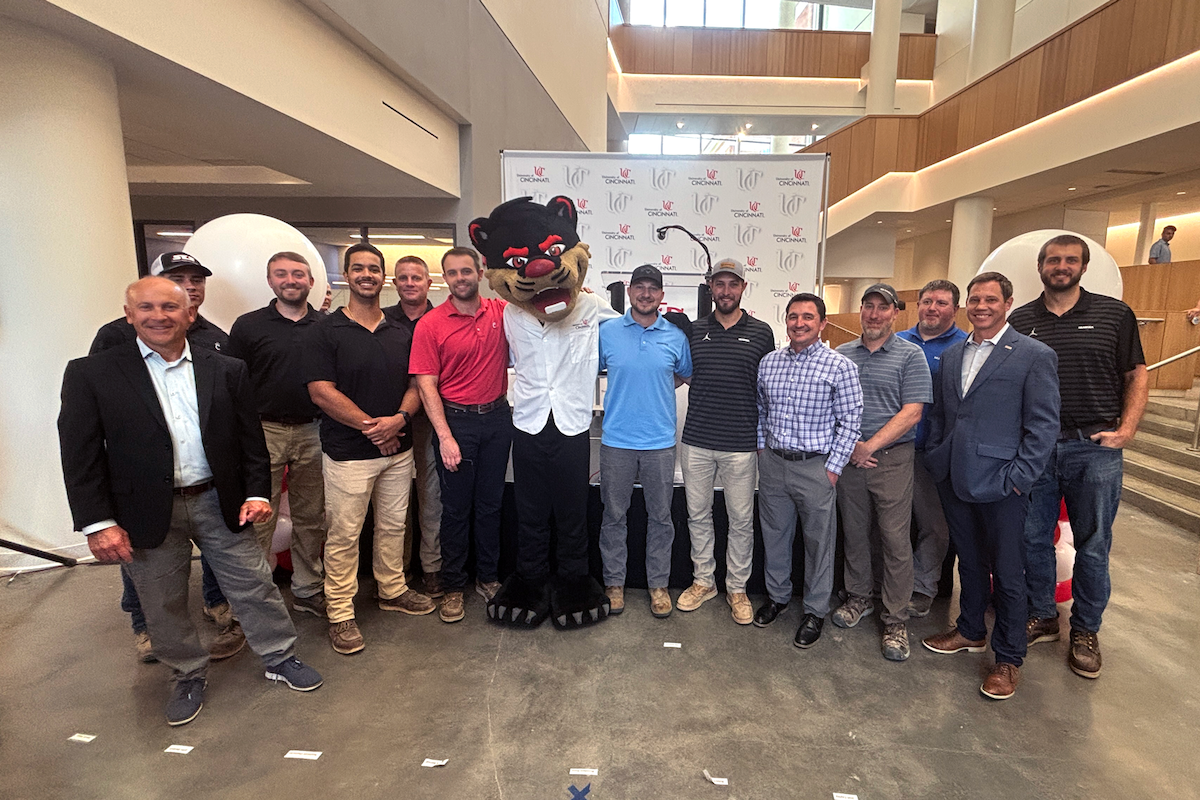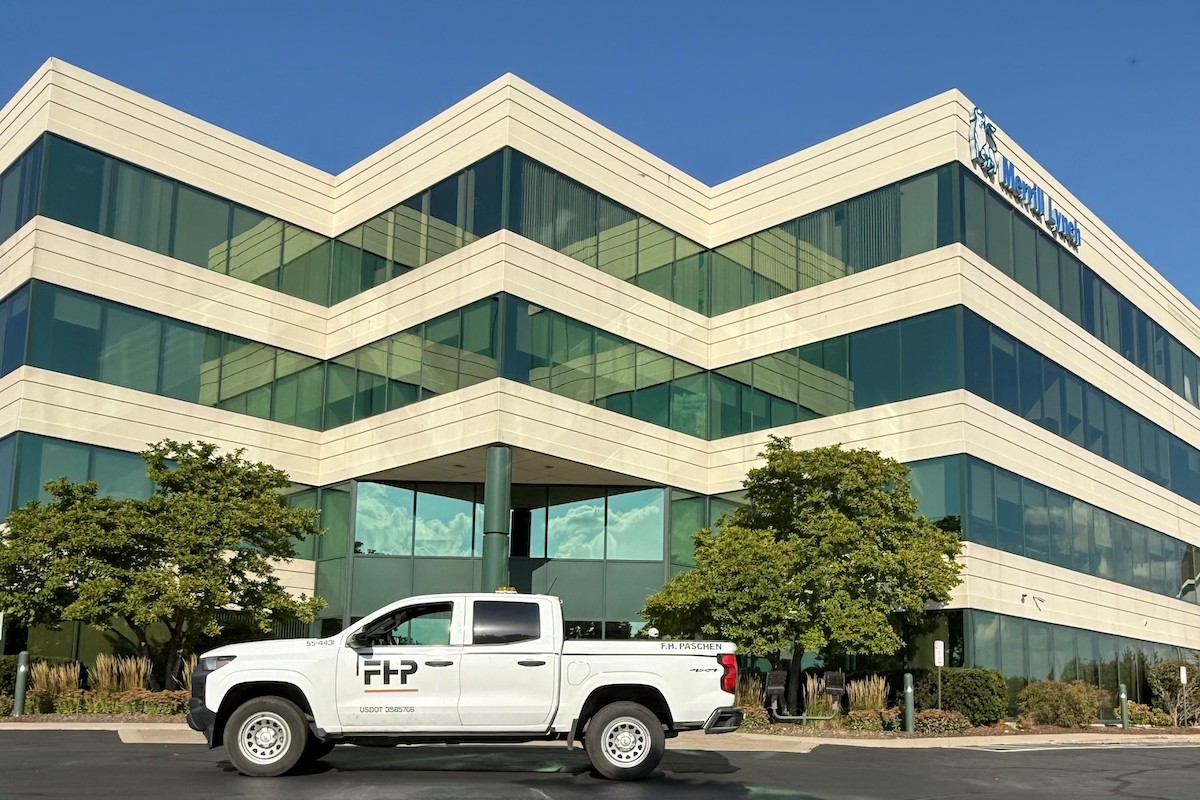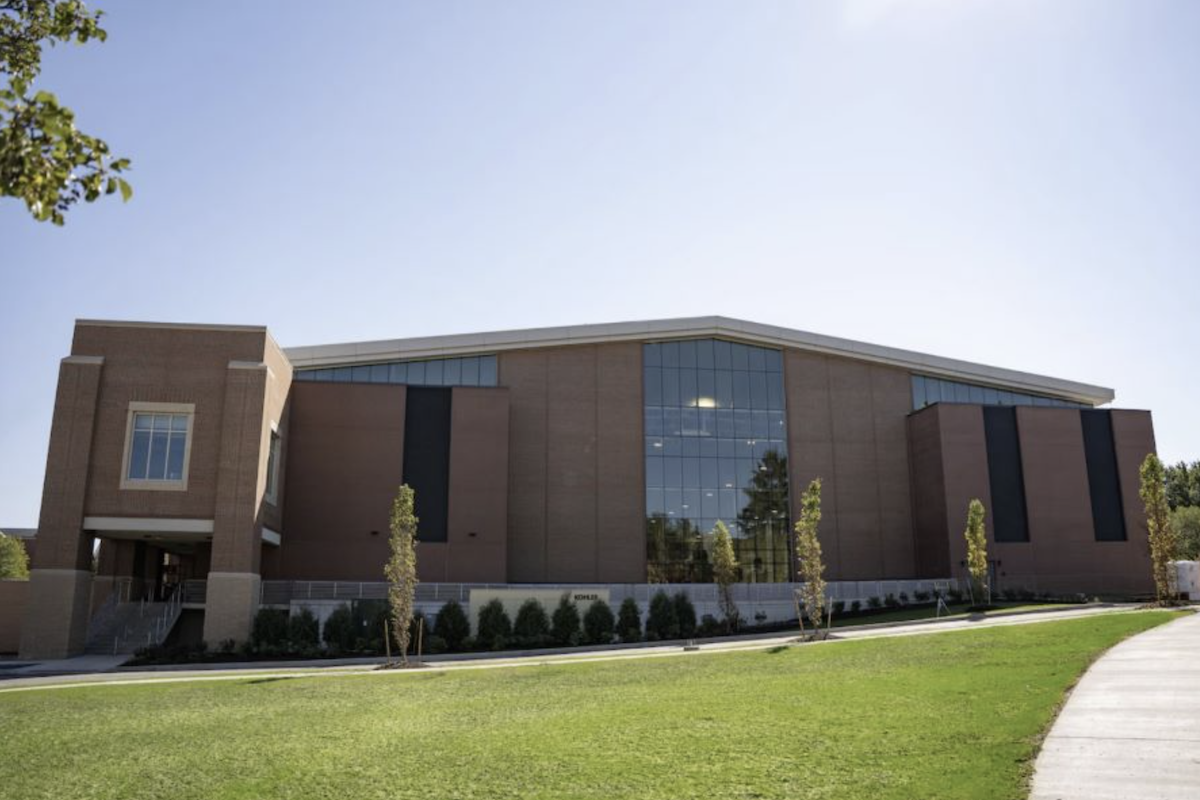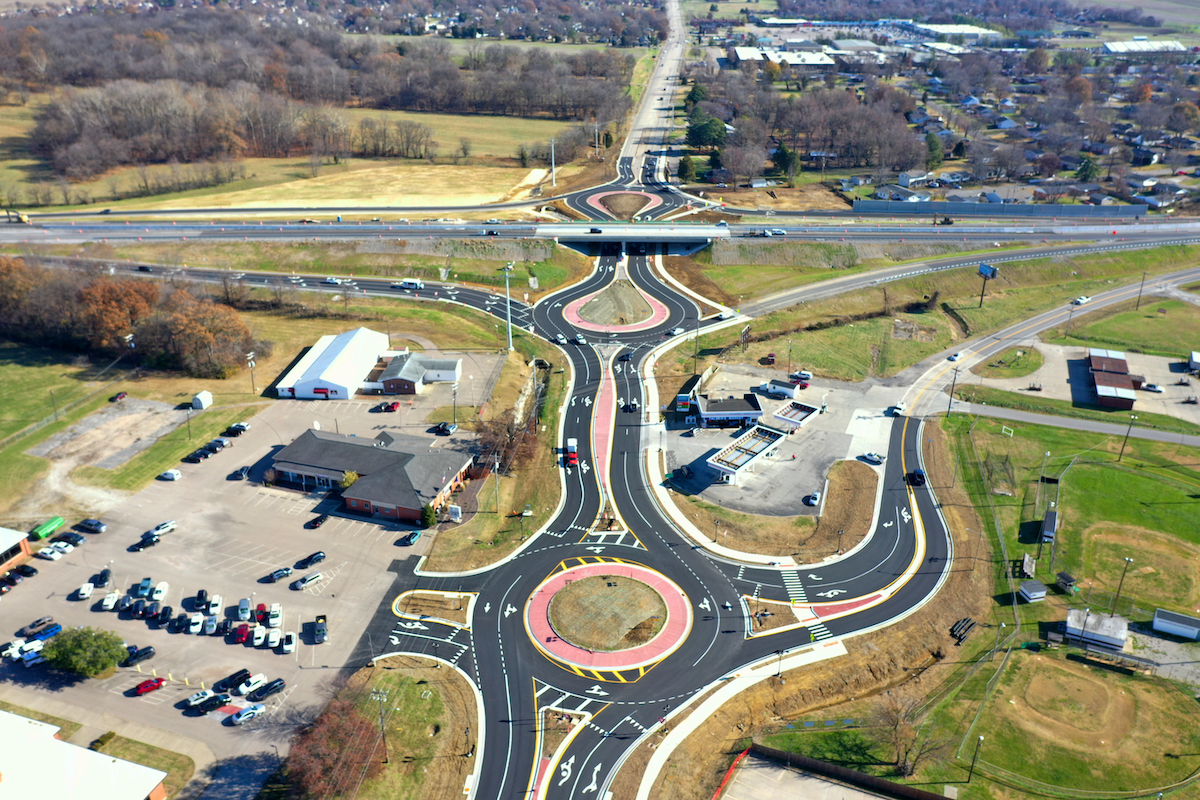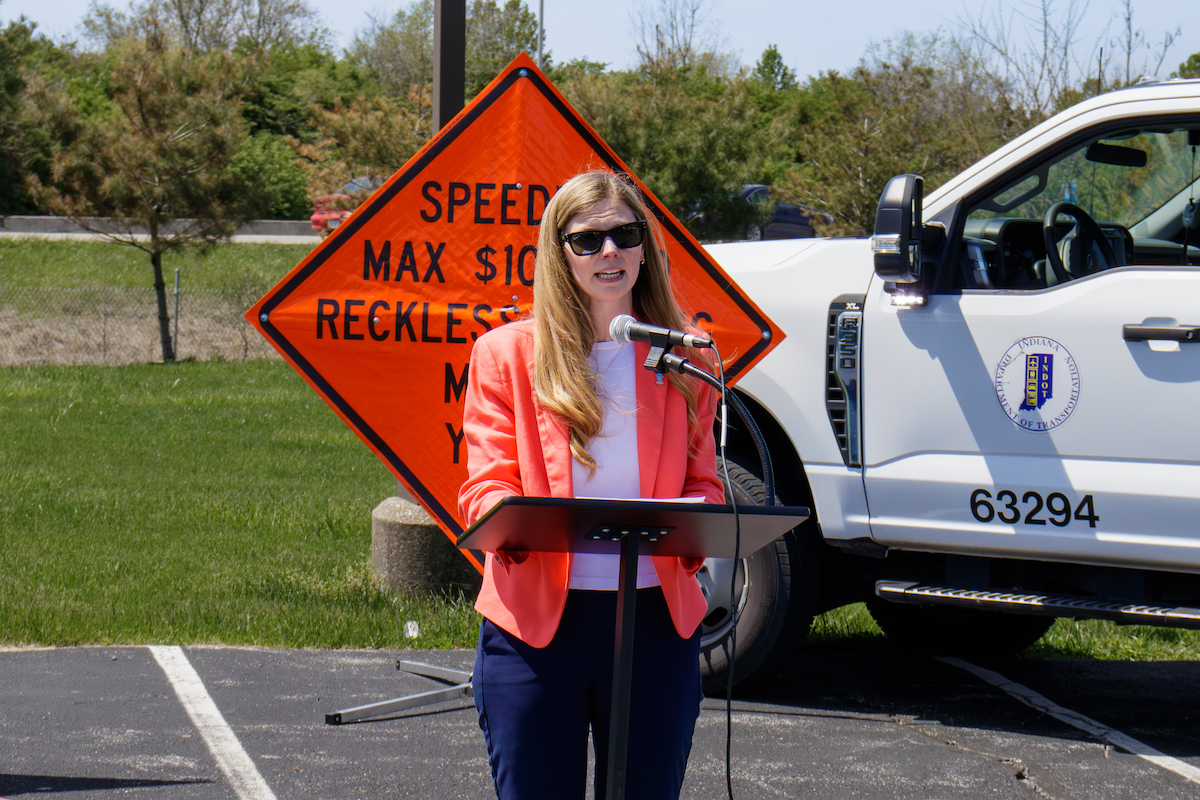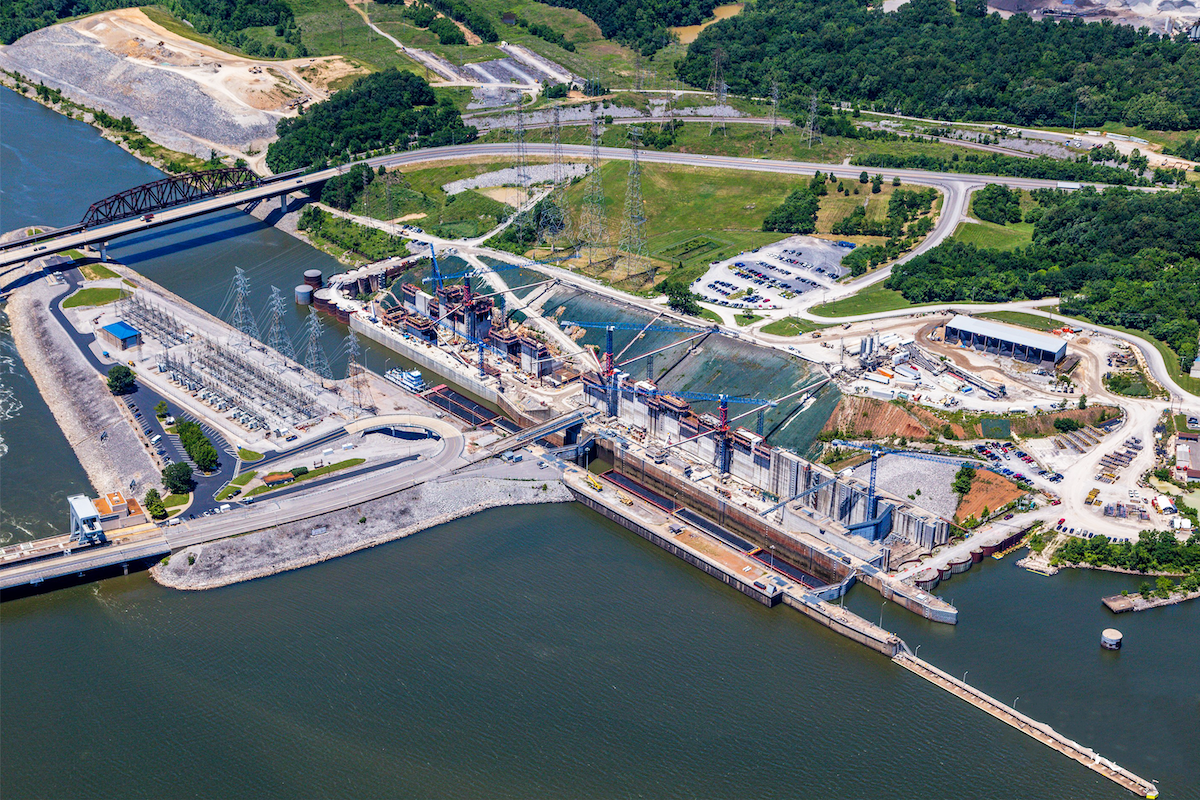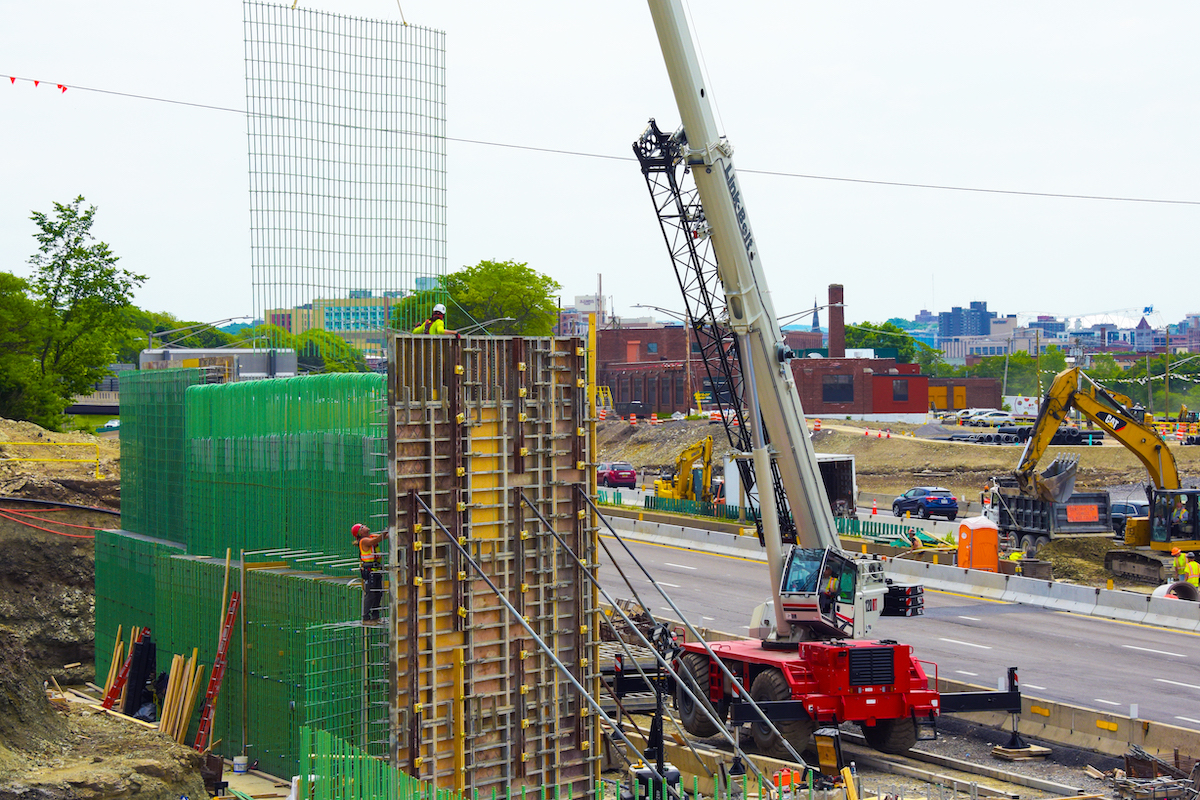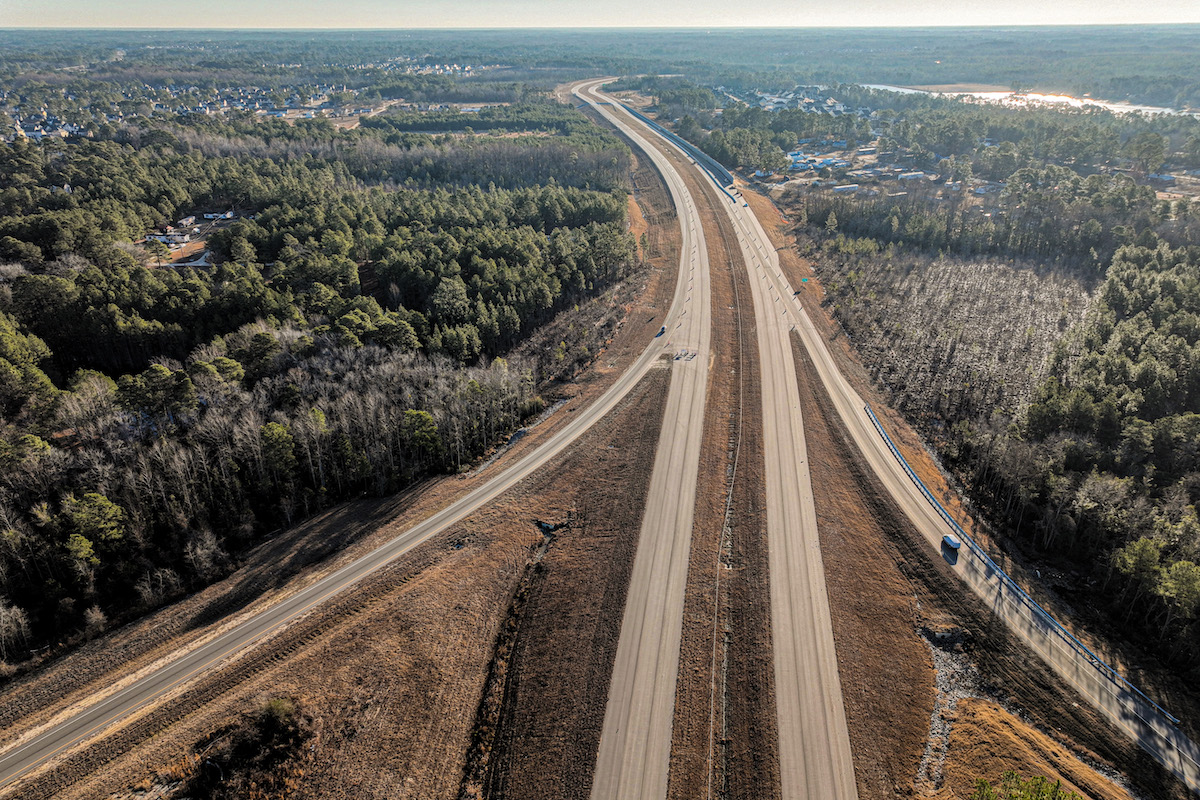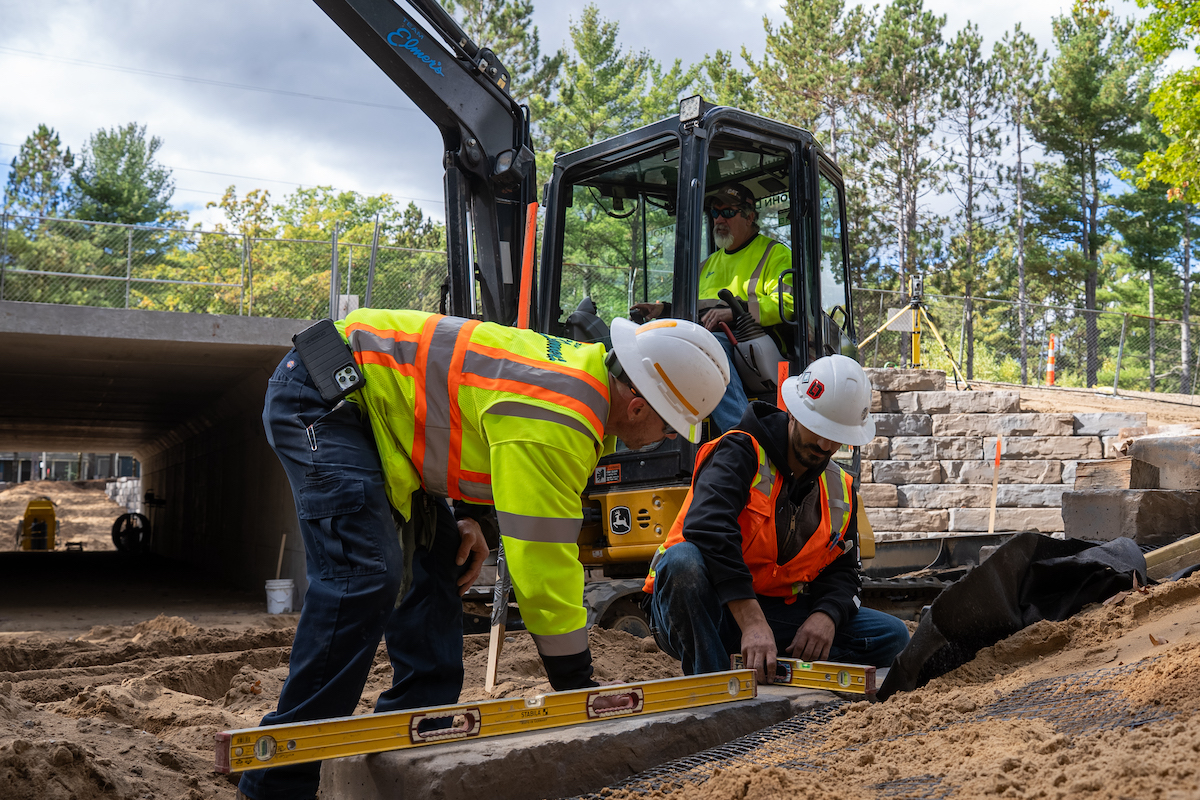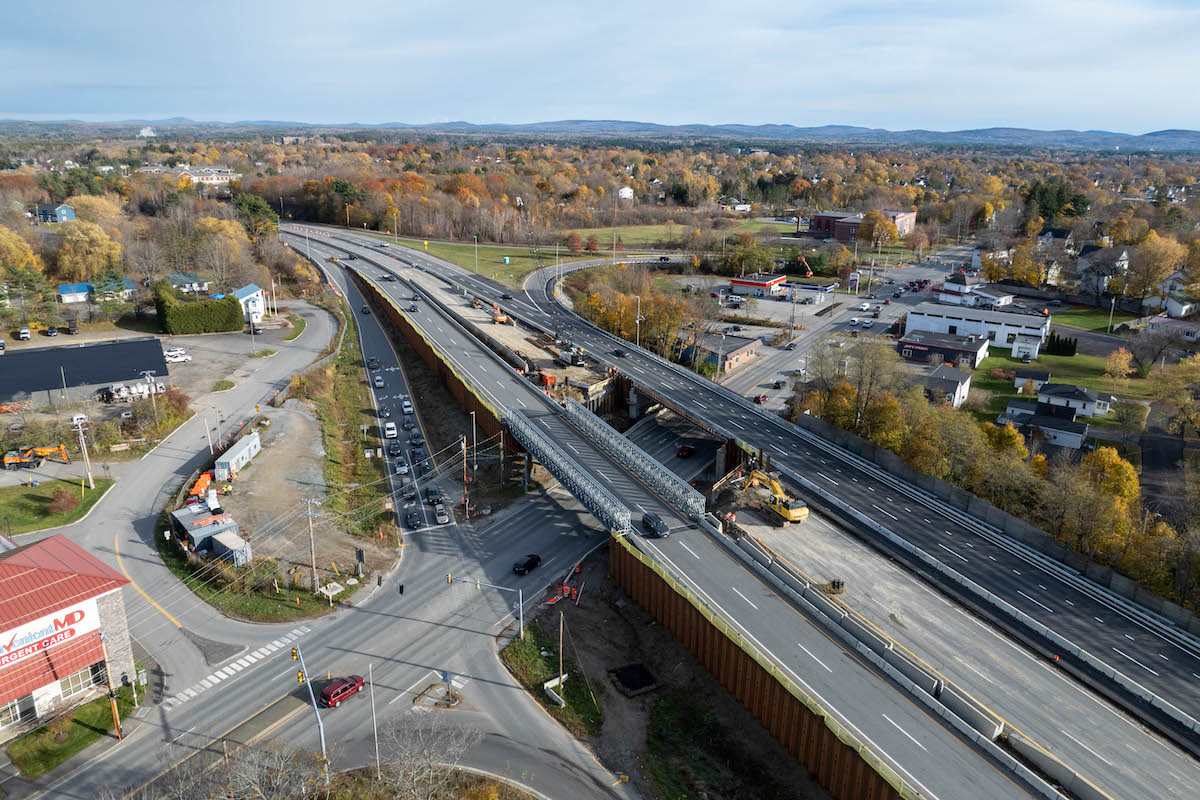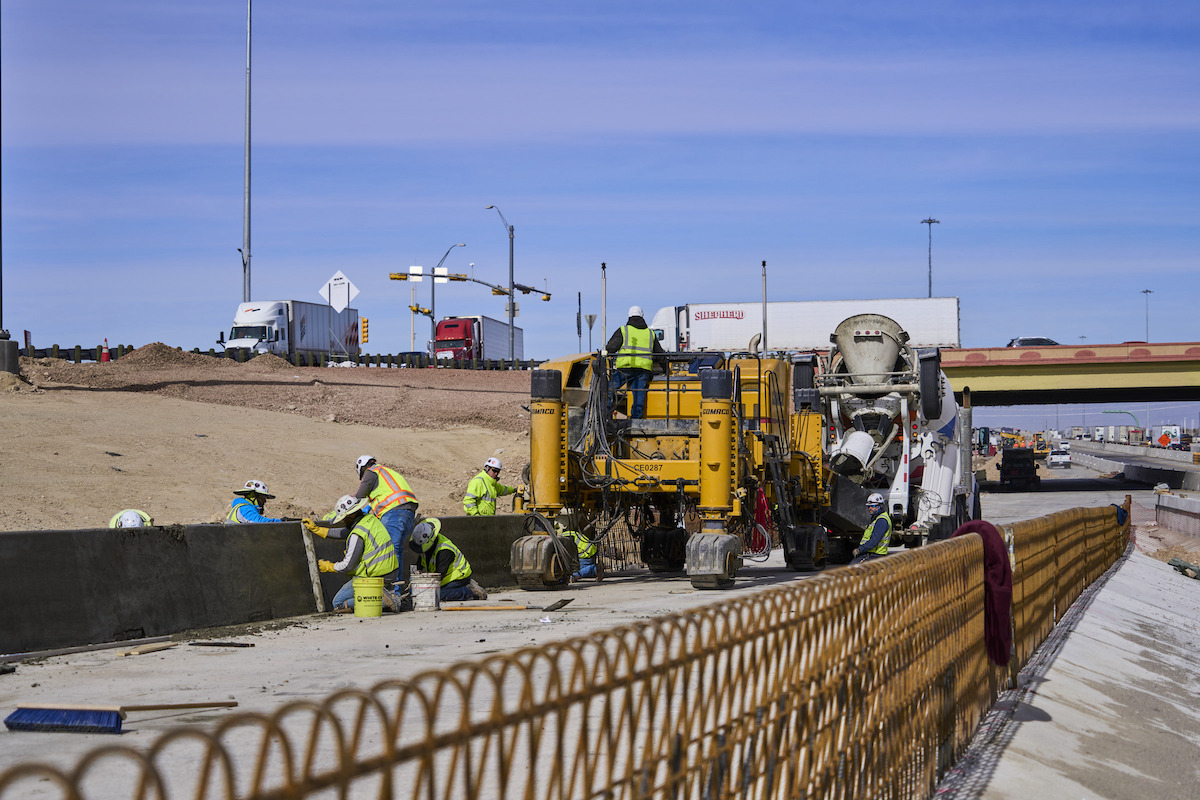Sensing a real need within the Western New York construction community for someone with GPS- and survey-related savvy, Arnold formed Terratek GPS Modeling, which provides assistance in everything from onsite survey to earthwork takeoffs to 3D modeling. With customer demands increasing and profit margins shrinking, his services have never been more in demand.
“In about 2014, I became good friends with Scott Miller who owned Scott Lawn Yard in Buffalo, one of the site contractors we had as a client,” he said. “Scott saw that I was ambitious and, even though he knew I wanted to start my own business, offered me a job doing their digital models. I worked for him for a couple of years, which really helped me learn things from the contractor’s standpoint before starting Terratek GPS in 2017.”
Though the larger contractors in the Western New York area generally had their own in-house GPS support — and still do — small to mid-size companies were lacking in that area.
“I started with a focus on building models for site work and concrete contractors, but quickly realized that, to succeed, I also needed to offer additional site support such as construction staking, as-builts, etc.,” Arnold said. “However, after I added earthwork takeoffs, as-built drawing prep — basically everything a contractor with GPS capability needed — I saw I was the only company in the area offering such support. My business was off and running.”

| Your local Takeuchi Mfg Ltd dealer |
|---|
| Brandeis Machinery |
“I have one client in particular that I work closely with on quantity analysis,” Arnold said. “For them, we basically measure everything we do and report it all by item number. If there is an overage, we bill it and provide my drawings and the model as the necessary backup. That’s a valuable resource to bring to a client.”
On one job, the owner had a note in the drawing stating they would pay more if construction was done a certain way — digging for curb before digging for underdrain, for example. So, after swapping the engineer’s estimate from one item to another, correcting errors caused during survey, exposing some over digging, etc., Arnold’s client presented the owners with some revised numbers.
“After all the changes were implemented, the savings totaled around $400,000,” he said. “Obviously, given that, my client sees a lot of value in quantity analysis. Granted, the number won’t be that large on most jobs, but there are substantial savings out there if a company wants to look for them. And I can provide the tools to do just that.”
“I bought the LN because it was the most affordable unit available to do the tasks I anticipated doing,” he said. “Little did I know what a great tool it would turn out to be. It can do anything in layout and — because it is fully enclosed — self-leveling and has no eyepiece to look through. It’s perfect for concrete contractors and the like. Just set it up and ‘see you later.’”
Supplanted since by the more powerful LN-150, the layout navigator streamlines the digital layout and construction verification workflows. Designed for ease of use, the tool’s inherent strengths increase productivity, accuracy, and bottom-line savings. “The LN was my go-to layout tool when I started and it still is today, more than five years later,” Arnold said.
“I can’t remember a day when I have not been sidetracked by someone on site,” he said. “Once the client gets used to you being there it is, ‘What do you think about this?’ ‘Can you just grab this one point for me?’ and a job I anticipated would only take four hours, took much longer. But a while back, when I was renewing the license for my MAGNET software, the salesperson for Admar Positioning — the area Topcon dealer — asked why I wasn’t running the hybrid solution for my total station. After he explained what it could do, the benefits it could provide, and the minimal cost to me, I was asking the same thing.”
The hybrid function to which Arnold refers, is a software-based solution that allows his GT-1200 total station to provide capabilities for both GNSS positioning and optical robotic measurement on one rover pole. Arnold said the minute he got it, those onsite distractions no longer became an issue.
“We recently worked a residential development site in Hamburg, south of Buffalo, that featured a huge retention pond,” he said. “One day, I was busy laying out for curb with the robotic unit when I was asked to measure for the bottom of the pond. In the past, switching gears like that would have been a time-consuming effort. But with the hybrid solution I walked over and, with literally the press of a button, a prism icon on my controller changed to look like a rover, indicating that I was now using GPS. It’s that easy to flip back and forth between optical and GPS.”
He added that the hybrid solution is also great for dealing with loss of signal caused by foliage canopies or other obstructions. He cited a recent project doing layout for a school with a small courtyard in the center.
“It was a small enough area that, if you did a 45-degree angle, you were hitting [the] top of [the] building,” he said. “Anticipating trouble catching and keeping a GPS signal, I brought the hybrid solution to that job. Doing so, I would say, probably shaved 10 to 15 hours off the time we were out there. That’s the power the technology brings to the job site, and I enjoy making it happen.”





















